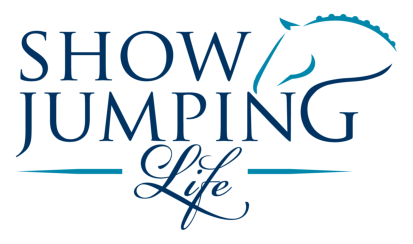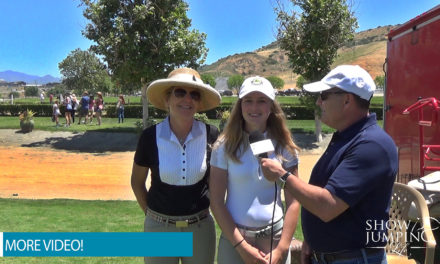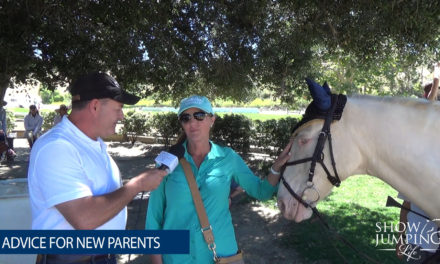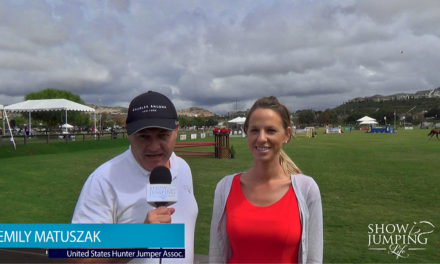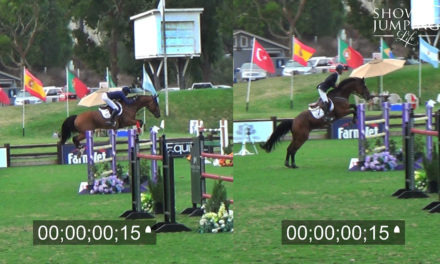Equestrian Training Scale – Full Video Playlist
Watch one-minute wrap-up (below). Then, scroll down to watch playlist with all seven equestrian training scale videos.
Watch playlist with all seven, Two-Minute Trainer Tips regarding the Equestrian Training Scale (below).
Wrap-up to our seven video series on the Equestrian Training Scale aka Training Pyramid.
US Dressage Federation (USDF) gold, silver and bronze medalist, Lena Nordlof-Davis, explains and demonstrates all six levels as it relates to the Equestrian Training Scale.
The principles outlined in the training scale form the foundation to help you reach your full potential in show jumping.
Watch the videos in the playlist to learn about the Training Scale (aka training pyramid) and what fundamentals are necessary to become a successful show jumper.
The forerunner of today’s Training Scale (or training pyramid) can be found in Siegfried von Haugk’s book, The Training of Recruits in Riding, by Mittler und Sohn, 1940. However, it wasn’t until the 1950’s that the term “Skala der Ausbildung” (translated as “Training Scale”) came into use.
Some will argue minor variations in the naming and order of these elements. That’s most likely because each element of the training scale works in conjunction with one or more of the other parts.
One element is never used in isolation. Furthermore, while often illustrated as a pyramid or “building blocks”, they should not be considered as steps where one can only be followed only upon the completion of the previous element.Training Scale Horizontal
There are some variations of the Training Scale, but the United States Dressage Federation summarizes it as:
Rhythm – with energy & tempo
Relaxation – with Elasticity & Suppleness
Connection – Acceptance of the bit through acceptance of the aids
Impulsion – increased energy and thrust
Straightness – improved alignment and balance
Collection – increased engagement, lightness of the forehand, self-carriage
